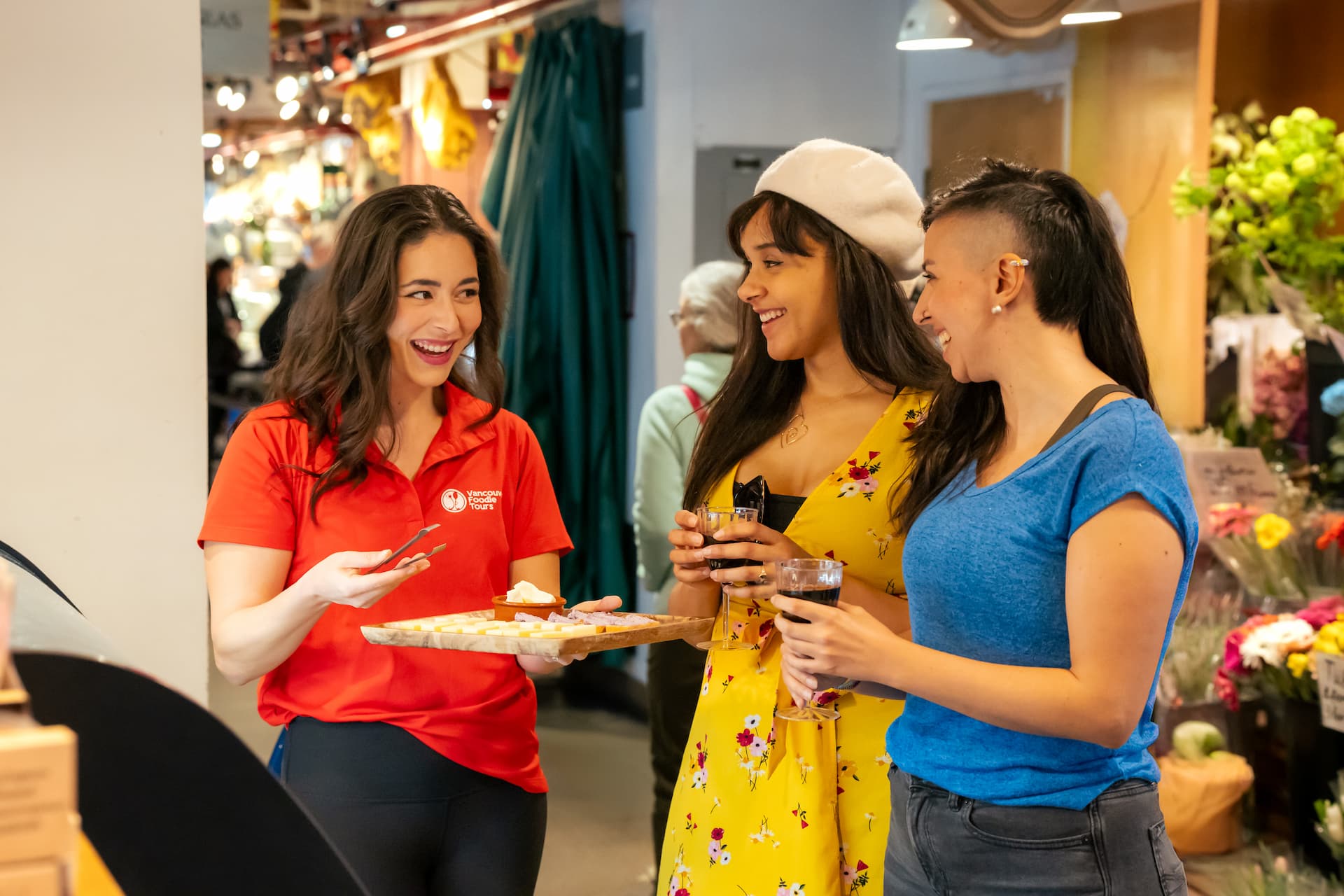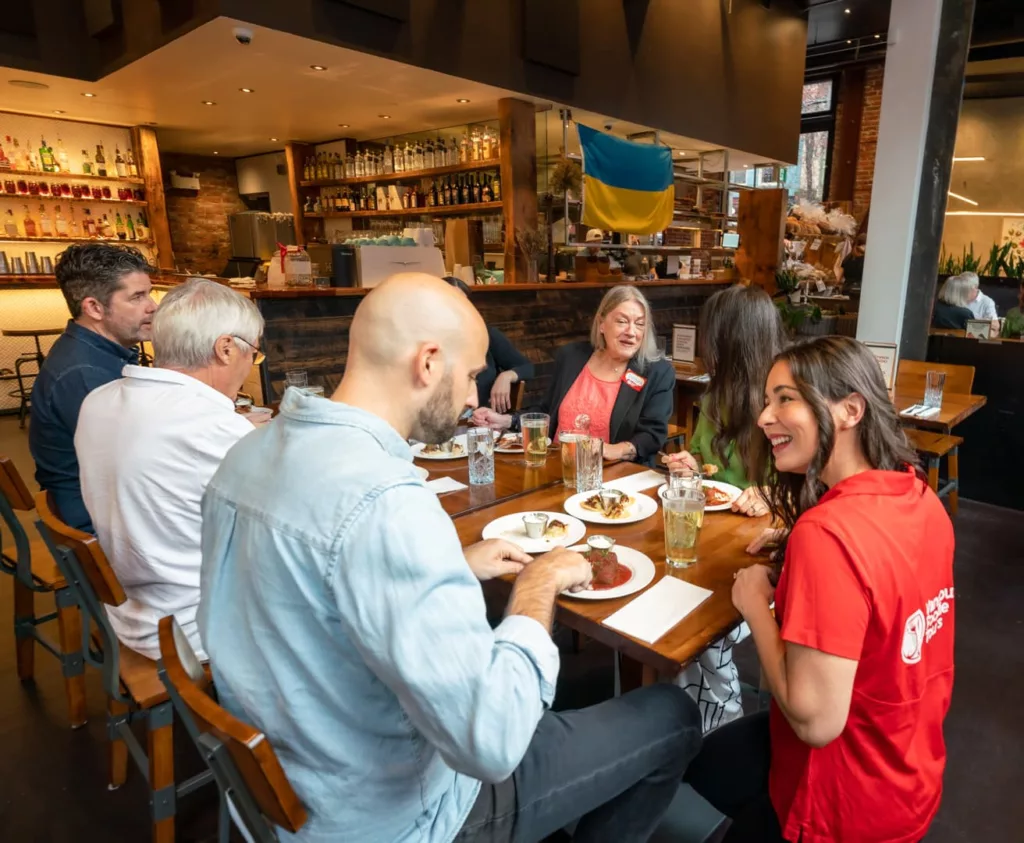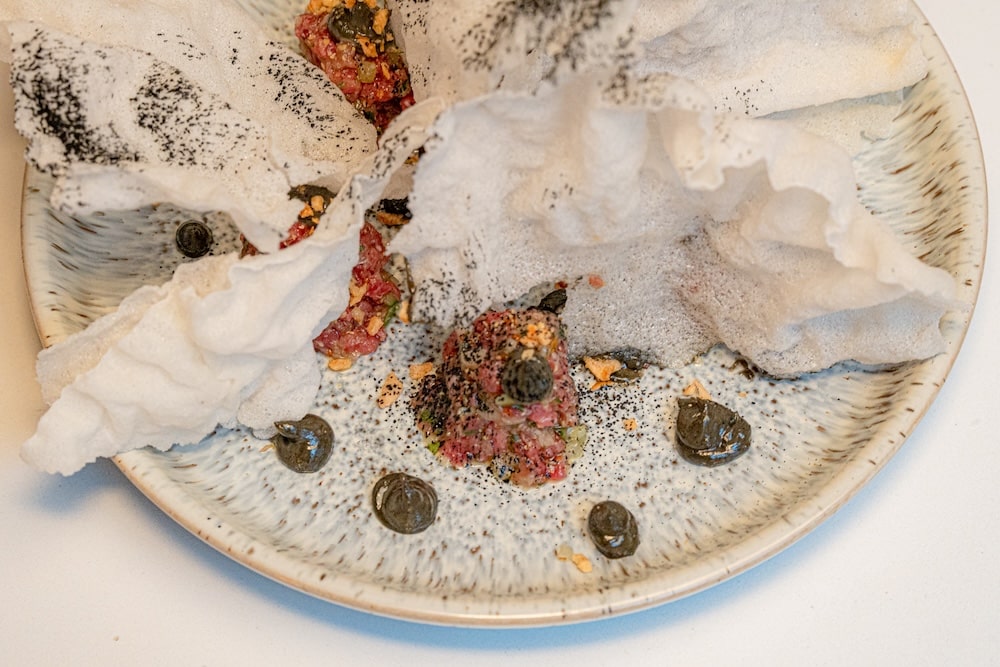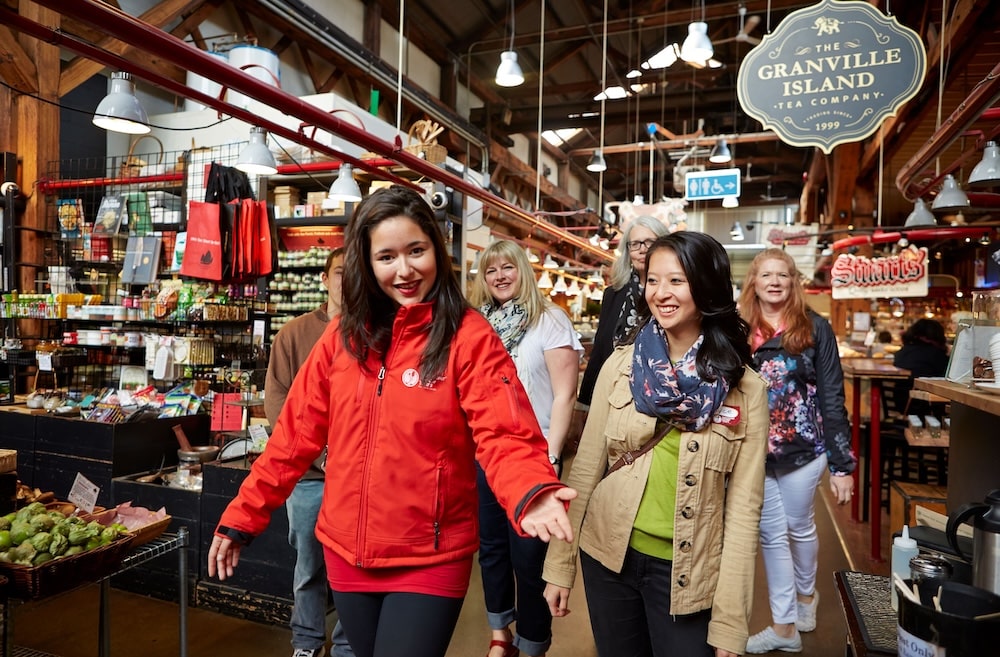Happy New Year, Foodies! We thought to jump right into 2015 and tackle one of our New Year’s resolutions. From hosting our foodie tours in Vancouver, we’ve found that common ingredients can sometimes be the most trivial of all. With this in mind, we were inspired to create a “Foodie 101” blog series, where we can grow and share our food knowledge with hungry readers all over the world.
For our first taste of “Foodie 101” education, we’ll look at a particularly decadent ingredient that is now found on many menus: truffles! Truffled spaghetti (pictured above), black truffle salami, and truffle salt are well-loved items featured on our Guilty Pleasures and Granville Island food tours. (To clear the air, we won’t be talking about chocolate truffles. This week’s blog is about the savoury, nugget-looking fungi that are used in things like soups, oils, butters, and meats.) Despite over 3,000 years of consumption, truffles continue to be somewhat of a mystery. Though cultivation method, research, and discoveries continue to develop, but we’ve gathered 8 foodie facts for you to hold dear:
1. The word “truffle” is thought to originate from the Latin term “tuber” which means “swelling” or “lump.”
2. Truffles are a type of mushroom that have a mutualistic relationship with the roots of trees. They grow up to 200m under the earth. Natural cultivation is achieved through “fungivores” – animals that eat fungi.
3. Truffles can now be cultivated by farmers. The most-common truffles grow best in a well-drained soil in a climate without extreme summer heat or extreme winter cold. Notable areas include Southern Europe and the West Coast of North America.
4. Yes, the rumours are true! Trained pigs or dogs are often used to assist with the harvesting of truffles. They are able to detect the scent of a ripening truffle, despite the mushrooms being deep underground.
5. The French Black Truffle (otherwise known as the Périgord Truffle) and the Italian White Truffle (pictured below) are currently the most-expensive and highly-coveted truffles. They can retail for as much as $1,000 – $3,000 per pound.
6. Be warned – truffle flavour can be simulated with chemicals! If you’ve joined us on our Granville Island Market Tour, you’ll know that truffle oils, spreads and salts are great foodie gifts. However, you may want to check the label to ensure that your item contains real truffle. Genuine truffle products will say “infused with truffle” whereas synthetic products may use phrases like, “contains truffle essence” or “includes truffle aroma.”
7. The aroma and flavour of a truffle are directly related. Much like coffee beans, the intensity of a truffle’s fragrance/taste will dwindle over time. Truffle experts recommend that truffles be used within 3 weeks of their harvest.
8. In April 2013, the first Périgord black truffles were found in Canada. Where? Just 45-minutes east of Vancouver in Abbotsford, BC! A truffle-sniffing dog named Duff found the first of three truffles in a hazelnut tree orchard, planted by a pig farmer named Bill Stewart. The full article can be found here.
Thanks for the read, Foodies! Here’s to a delicious new year. Do you have a topic in mind for our “Foodie 101” blog posts? Leave us a note in the comments – we’d love to hear from you!
*Image sources: The Spice Lab, How Things Taste









